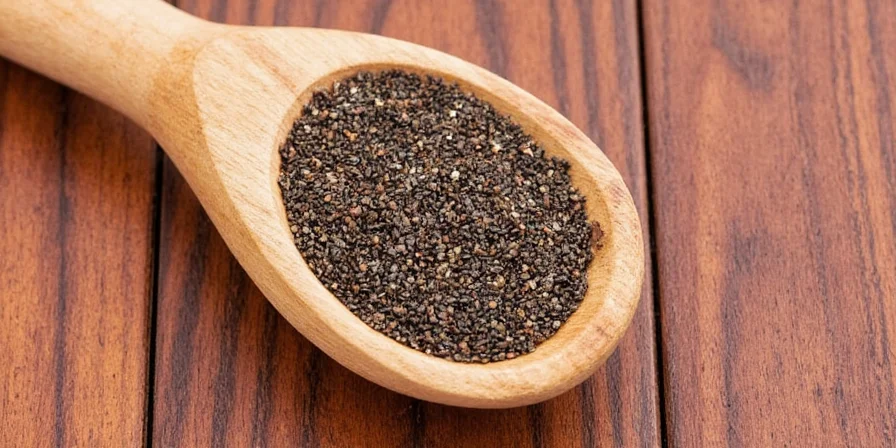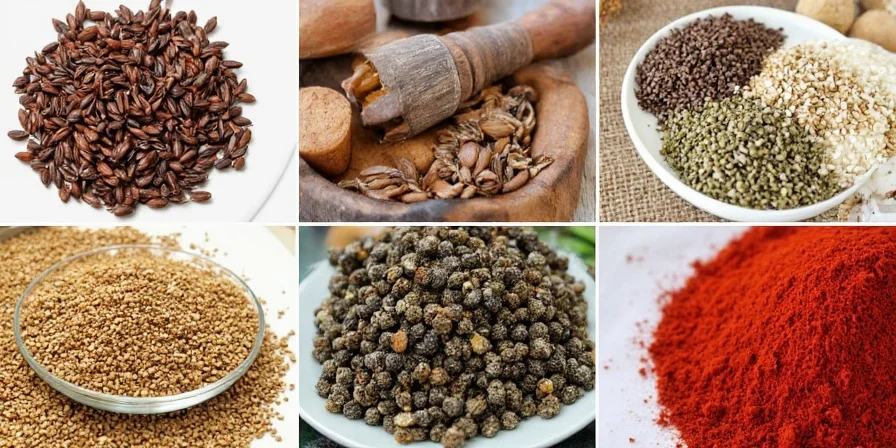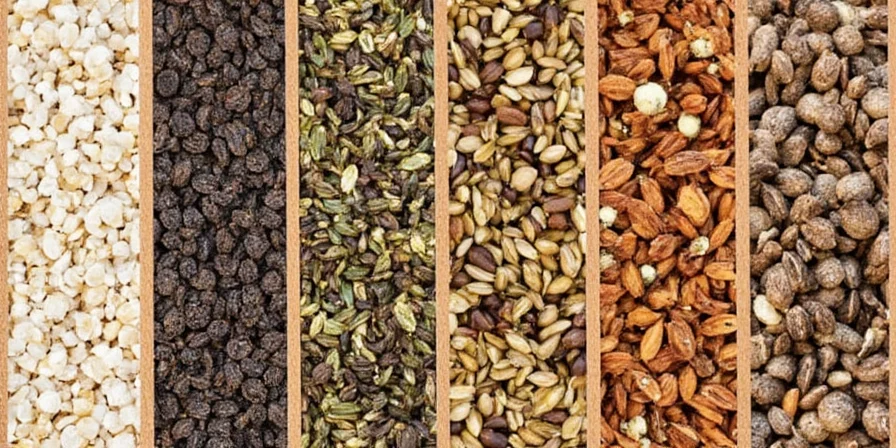Welcome, home cooks and culinary experimenters! If you've ever searched for nigella seeds substitutes while mid-recipe, this guide delivers practical solutions for when specialty spices are unavailable. We focus exclusively on real-world usability in everyday cooking scenarios—no theoretical advice, just tested swaps that maintain dish integrity.
This resource specifically helps time-pressed home chefs who lack access to international markets or need immediate pantry solutions. You'll gain actionable knowledge to prevent recipe failures without compromising flavor balance.
Understanding Nigella Seeds' Culinary Role
Nigella seeds (kalonji) contribute a distinctive bitter-earthy note with subtle peppery undertones, primarily used as finishing spices in flatbreads, pickles, and vegetable dishes across Indian and Middle Eastern cuisines. Their unique flavor profile makes direct replacement challenging—but not impossible—when unavailable.
| Substitute | Flavor Compatibility | Ideal Applications |
|---|---|---|
| Nigella (reference) | Bitter, earthy, peppery | Naan, dhokla, pickling brines |
| Fennel Seeds | Moderate (sweet licorice) | Savory breads, lentil dishes |
| Cumin Seeds | High (earthy intensity) | Curry bases, roasted vegetables |
| Black Sesame | Low (nutty/mild) | Bread toppings, stir-fry garnish |
| Mustard Seeds | Medium (pungent when raw) | Tempering oils, pickling |
| Anise Seeds | Low (sweet licorice) | Desserts only—avoid savory |
| Caraway Seeds | Medium (earthy/rye notes) | Dense breads, root vegetable stews |
| Celery Seeds | Low (salty/herbal) | Salad dressings, Bloody Mary mixes |
Flavor-Driven Substitution Framework
Fennel Seeds: Strategic Sweetness Balancer
When nigella's bitterness must be softened in bread recipes, fennel provides complementary sweetness. Critical adjustment: reduce quantity by 40% to avoid overpowering savory notes.
- Always crush seeds in mortar before use
- Combine with 10% black mustard for bitter nuance
Cumin Seeds: Direct Flavor Intensifier
Best for dishes where nigella serves as background seasoning (e.g., vegetable roasts). Toasting unlocks cumin's smoky dimension that mimics nigella's earthiness without bitterness.
- Use 1:1 ratio only in oil-based tempering
- Never substitute in dairy-based sauces (causes curdling)
Mustard Seeds: Controlled Pungency Solution
Yellow mustard seeds offer the closest functional match for pickling applications where nigella's bitterness balances acidity. Requires precise timing: add during final brine cooling phase.
- Soak in cold water for 5 minutes before use
- Replace 75% of nigella quantity
The Anise Misconception Clarified
Contrary to popular blogs, anise seeds are unsuitable for savory nigella substitution due to dominant licorice compounds. Reserve exclusively for sweet applications like spice cakes where bitterness isn't required.
Visual Reference Guide
Compare texture and color compatibility across applications:



Culinary Chemistry Perspective
Why do certain substitutes work? Nigella's thymoquinone compound creates its signature bitterness. Cumin and mustard seeds share terpene compounds that partially replicate this effect through different chemical pathways. However, fennel's anethole provides sweetness by triggering different taste receptors—explaining why it requires quantity reduction. This biochemical understanding prevents flavor imbalances that generic substitution charts overlook.
Critical Application Guidelines
- Never substitute in traditional naan or dhokla where nigella's bitterness is structurally essential
- Always combine cumin with black sesame (3:1 ratio) for curry base applications
- Avoid raw use of mustard/celery seeds in cold dishes—they require heat activation
Frequently Asked Questions
Conclusion: Precision Over Pantry Panic
Successful spice substitution requires understanding flavor chemistry, not just swapping seeds. By prioritizing functional compatibility over visual similarity—and respecting nigella's unique bitter role—you'll maintain recipe integrity even with limited pantry options. Remember: the right substitute depends entirely on your dish's structural flavor requirements, not generic recommendations.










 浙公网安备
33010002000092号
浙公网安备
33010002000092号 浙B2-20120091-4
浙B2-20120091-4